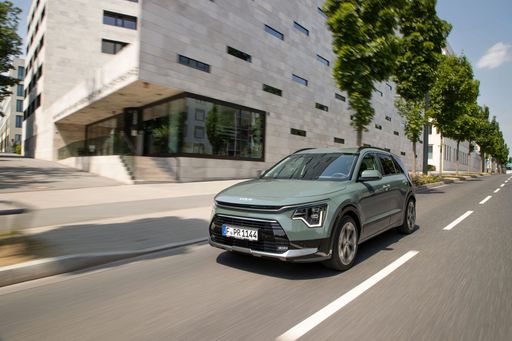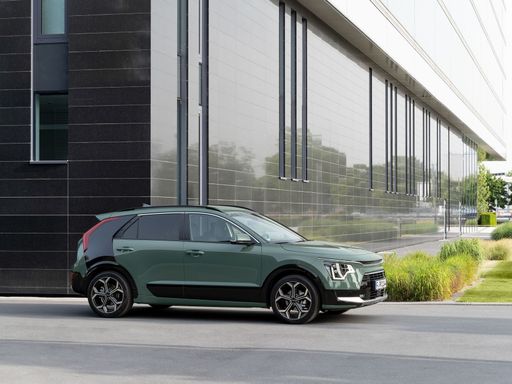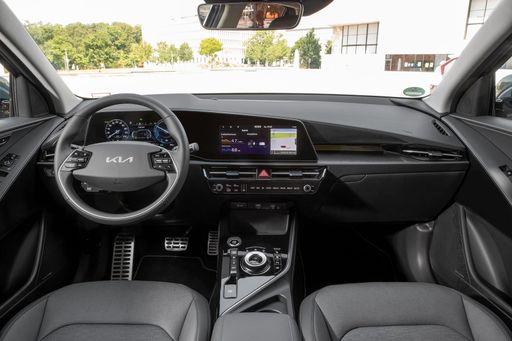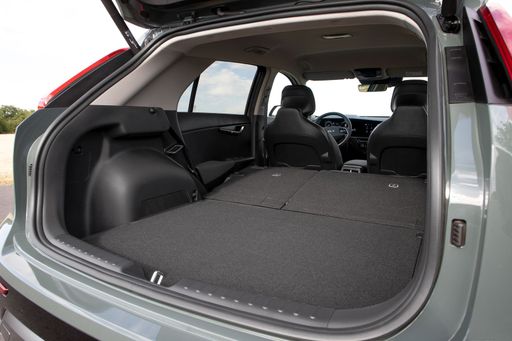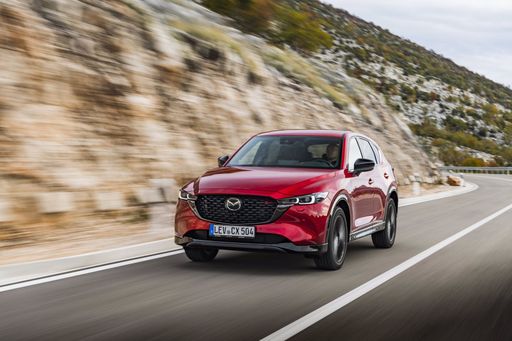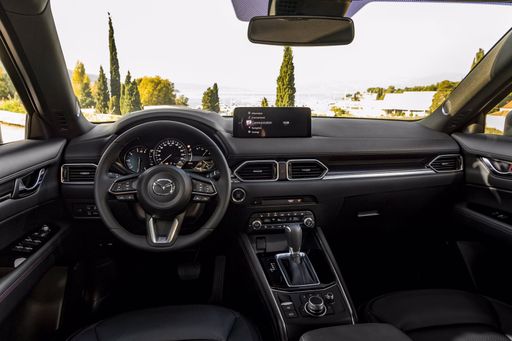The Compact SUV Showdown: Kia Niro vs. Mazda CX-5
In the bustling world of compact SUVs, two names frequently stand out: the Kia Niro and the Mazda CX-5. Both vehicles represent significant milestones in their respective categories and promise a fulfilling driving experience. However, what separates the two? Let’s delve deeper into the technical aspects and innovations that define these two contenders.

